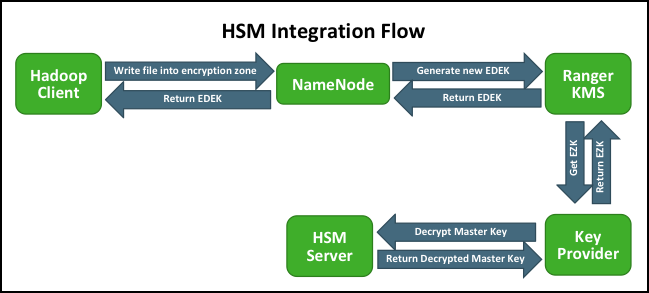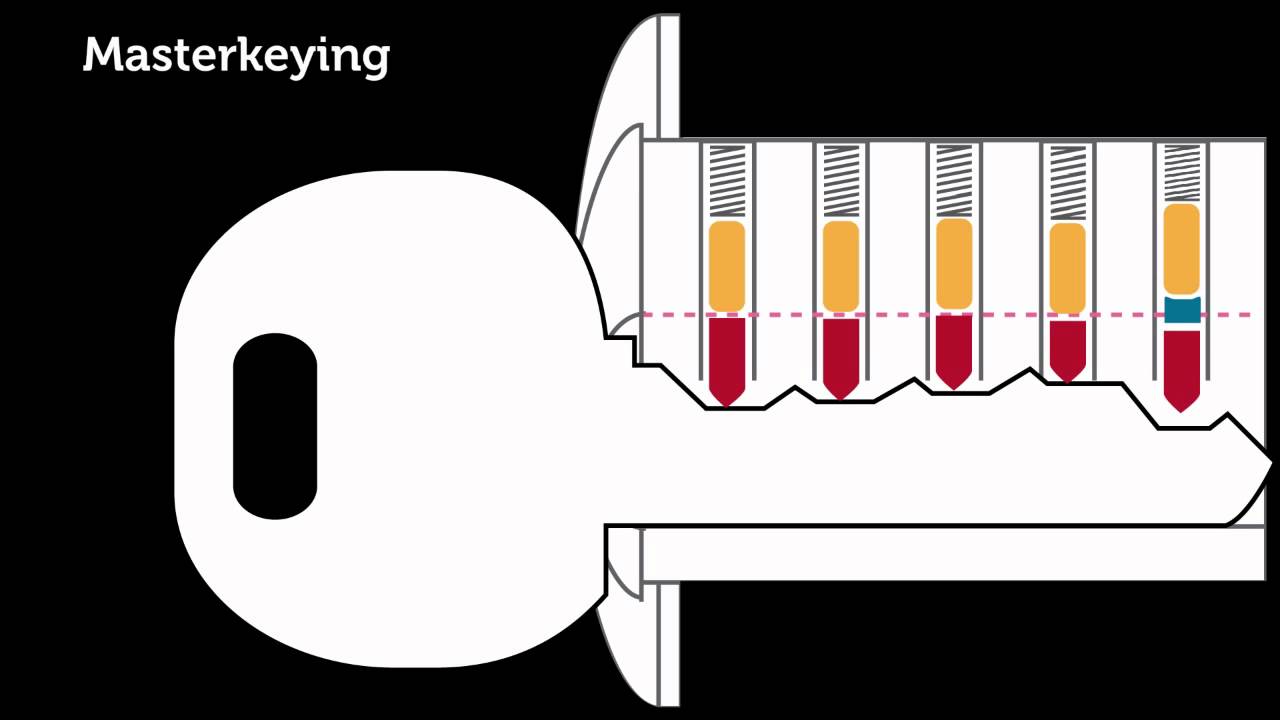The super of our apartment building is always going into everyone's apartment when something needs to be fixed. There must be a hundred apartments, but he only carries one key around with him. How does he get into all those apartments with the same key?
- Master Keying Guide
- Master Keying Software Programs
- Master Keying Systems
- Free Schlage Master Keying Chart
A “master key system” is a set of locks that are keyed so that they each may have an individual key, called a “passkey,” yet all are also opened by an additional special key called a “master key.” These locks would be described as “keyed different and master keyed.”. Sep 17, 2007 Master Locksmithing: An Expert's Guide to Master Keying, Intruder Alarms, Access Control Systems, High-Security Locks. Phillips, Bill on Amazon.com.FREE. shipping on qualifying offers. How to have one master key for all your doors in your complex this will be done with minimal tools using several items found in your own home example a walgr. The last article (October 2004 Locksmith Ledger) demonstrated how to determine the power and characteristics of a random key in the master key system by decoding the key bittings. Generic Types were used to target how the key performed within the master key system and on a page, demonstrating the power of the key.
Although locks come in all shapes and sizes, with many innovative design variations, most locks are based on fairly similar concepts. The most common lock design is the cylinder lock. In this design, the key turns a cylinder, or plug, which turns an attached cam. When the plug is turned one way, the cam pulls in on the bolt and the door can open. When the plug turns the other way, the cam releases the bolt and a spring snaps it into place so the door cannot open.
Master Keying Guide
Advertisement
Advertisement

The key your 'super' is using is called a master key. To understand how master keys work, you first have to have a basic idea of how locks and keys work.
Inside a cylinder lock, there is a sort of puzzle, which only the correct key can solve. The main variation in lock designs is the nature of this puzzle. One of the most common puzzles is the pin-and-tumbler design.
Check out the next page to learn more about this lock design.
Advertisement
The main components in the pin-and-tumbler design are a series of small pins of varying length. The pins are divided up into pairs. Each pair rests in a shaft running through the central cylinder plug and into the housing around the plug. Springs at the top of the shafts keep the pin pairs in position in the plug.
When no key is inserted, the bottom pin in each pair is completely inside the plug, while the upper pin is halfway in the plug and halfway in the housing. The position of the upper pins keeps the plug from turning -- the pins bind the plug to the housing.
Advertisement
Advertisement
When you insert a key, the series of notches in the key push the pin pairs up to different levels. The incorrect key will push the pins so that most of the top pins are still partly in the plug and partly in the housing. The correct key will push each pin pair up just enough so that the point where the two pins come together lines up perfectly with the space where the cylinder and the housing come together -- this point is called the shear line.
Some locks are designed to work with two different keys. The change key will open only that specific lock, while the master key will open that lock and several others in a group. In these locks, a few of the pin pairs are separated by a third pin. This third pin is called a master wafer or spacer.


Master Keying Software Programs
When three pins are combined in a shaft, there are two ways to position the pins so they open the lock. The change key might raise the pins so that the shear line is just above the top of the master wafer, while the master key might raise the pins so the shear line is at the bottom of the master wafer. In both cases, there is a gap at the shear line and the key is able to turn.
Master Keying Systems

In this lock design, the lowest pin is the same length in each lock in the group, but the master wafer varies in length. This lets the person with the master key access any lock in the group, while someone with a change key can open only his or her own lock.
Advertisement